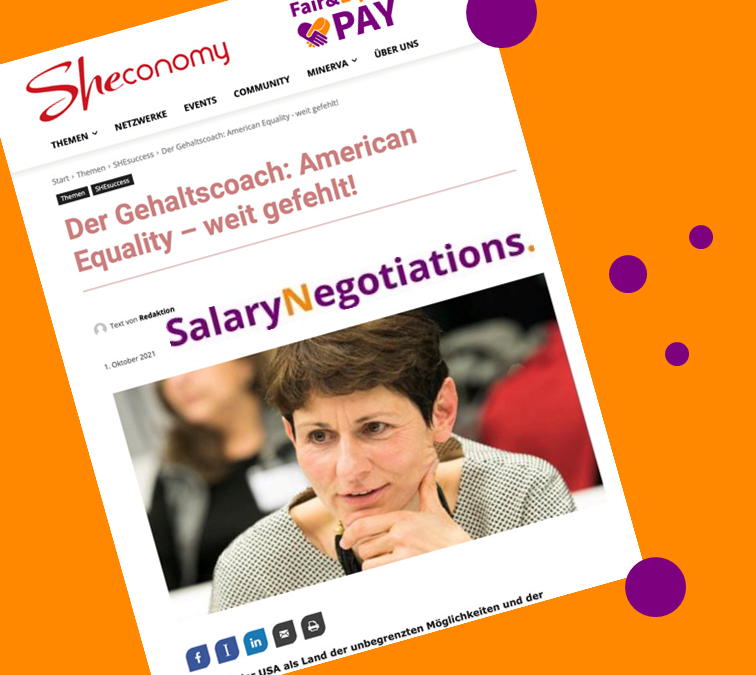Sheconomy – 01.10.2021
American Equality – far from it!
Inclusion into the workforce is an important parameter when measuring the advancement of women. The so-called glass-ceiling index aims to show which OECD countries offer women the best chances of equal treatment at the work place.
It combines data on higher education, labour-force participation, pay, child-care costs, maternity rights, business-school applications, and representation in senior jobs. Since 2016, paternity rights as an additional measure have been factored in as well. The index analyses 29 out of the 34 OECD countries.
Unsurprisingly, it’s the Nordic countries that hold the upper positions: Iceland, Norway, Sweden and Finland come out on top. Eastern European countries such as Poland and Hungary fare surprisingly well, maybe because of their socialist past, and surpass bigger countries and economies like France and Germany. Austria scores number 10 and is above the average of all the 29 OECD countries represented in the index.
The United States and Great Britain fare less well with lower than OECD average results.
One important factor to create equality at the workplace is the chance to get through the glass ceiling and be able to climb the career ladder. Have you heard of the “broken rung” that might be keeping women from success?
What exactly is the broken rung?
It’s a phrase used in the latest report by McKinsey and LeanIn, which – among many other very interesting DEI related aspects – analyses the chances of promotion for women working in the States and in Canada.
Interestingly, they found that overall representation of women has improved across “the corporate pipeline”—there are 27% more women in C-suites since 2016—but they also noticed Women continue to face a “broken rung” at the first step up to manager:
for every 100 men promoted to manager, only 86 women are promoted. As a result, men significantly outnumber women at the manager level, which means there are far fewer women to promote to higher levels.
So, women start but don’t arrive?
The broken rung likely explains why representation of women at the senior manager, director, and VP levels has improved more slowly than the pipeline overall. For example: 35% of first-time manager roles are given to white men, and 30% go to white women. More senior management roles, however, are allocated 42% to white men, and just 28% to white women—a palpable drop, despite starting off relatively close-ish in numbers at the beginning. By the time we hit the top level (CEOs and the like) the consequences of that “broken rung” become clear. Sixty-two percent of C-suite jobs go to white men vs just 20% to white women.
And figures are worse for women of color.
For women of color, the “broken rung” of representation equates to a 75% drop in between entry-level management roles and C-suite. A meagre 4% of board positions belong to women of color. Worse still, the report found this number hasn’t really moved in three years.
And the US trend?
The report also found that 1 in 3 women are considering “down-shifting” their career, up from 1 in 4 before the pandemic.
Consequences – not only for the States:
Companies must rigorously rehaul their DEI related measures:
- Offer unconscious bias trainings to recruiters and managers
- Give a chance to being hired or promoted for all diverse groups (nationality/sex/LGBTQ/age/parenthood/special needs)
- Track and publish figures related to hirings and promotions of all diverse groups
- Establish clear rules for talent programs, succession and promotions
- Publish all vacancies internally
- actively foster a culture of inclusion


